Well, for the past ten years now we have something worthwhile to remember on April 10th, something that really stands out over many other events on the Emerald Isle and beyond. Ten years ago - and I remember it well - we were poised to the radio and waited for news from Belfast. It was indeed the Friday before Easter, the day Jesus died on the Cross, and Britain's Prime Minister Tony Blair had vowed not to go home to London before an agreement was reached.
This was a young Tony Blair, still enthusiastic and believing in the power of goodness, and still of the opinion that peace was better than war. It was a world where Bill Clinton was President of the USA (and very supportive of peace in Ireland) and no one here had even heard of George W. Bush.
 Tony Blair had won his first general election with a landslide for Labour less than a year before, and the Republic of Ireland also had a new and relatively young leader, Bertie Ahern, who also had won his first general election in 1997.
Tony Blair had won his first general election with a landslide for Labour less than a year before, and the Republic of Ireland also had a new and relatively young leader, Bertie Ahern, who also had won his first general election in 1997.Both men - Blair and Ahern - were determined to start the political era they both would share with a strong signal on Northern Ireland. There had been various talks and even agreements before, from the first Anglo-Irish agreement between Garreth FitzGerald and Margaret Thatcher to the "Downing Street Declaration" that brought Albert Reynolds and John Major together in front of a Christmas tree.
But all these efforts, made with more or less sincere and honest commitment to real and lasting change, did still leave the door open for sectarian conflict, thug warfare and the sanctimonious hypocrisy of radical preachers, in particular Ian Paisley and his ilk. When Tony Blair was elected on May 1st, 1997, one of his first decisions was to ruffle the feathers of the old established structures in Northern Ireland.
 By appointing the independent minded Marjory "Mo" Mowlam (right) to the post of Secretary of State for Northern Ireland, Tony Blair made clear that things were going to change, and to change for good.
By appointing the independent minded Marjory "Mo" Mowlam (right) to the post of Secretary of State for Northern Ireland, Tony Blair made clear that things were going to change, and to change for good.Within less than six months the peace process was well underway, and the strong personal involvement of both Tony Blair and Bertie Ahern gave it a momentum that had not been seen before. However, there remained still plenty of obstacles, many of them really of a minor character, but that did not prevent the various battle-hardened factions of Northern Ireland's long and bitter political warfare to drag the negotiations on and on.
Eventually Tony Blair went to Belfast and took personally charge of the final round of negotiations. In those days the main parties were the UUP under the leadership of David Trimble and the SDLP under John Hume and Seamus Mallon. Ian Paisley's DUP was still refusing any positive and constructive participation in Irish politics, and Sinn Fein was simply excluded from any participation, under the excuse of having links to the provisional IRA. I still remember the pictures of Gerry Adam and Martin McGuinness standing outside the closed gates of Stormont Castle, trying to get in but being refused even access to the grounds.
When the Good Friday Agreement was eventually signed by all negotiating parties, it was a first step on a long path, whose end we have not reached yet. It took more than nine years and many days of further negotiations to put all the details agreed on Good Friday 1998 into operation. But eventually even the most difficult looking obstacles were removed. Ian Paisley and his DUP gave up shouting "No" after they became the largest Unionist party, and Sinn Fein was brought in from the cold as well after the provisional IRA decommissioned its weapons. As the legitimate main representatives of both communities DUP and Sinn Fein have even become the two pillars of the new political structure in the North.
Good progress has been made since the Good Friday Agreement was signed in 1998, and many obstacles were removed from Irish politics on both sides of the border. But there is much more left to do in the years and decades to come. Right now, as we remember the agreement, we are going through a period of change in the Republic and in the North. In May both parts of Ireland will have a new political leader, and they will have to find their rapport with each other.
But one thing is certain: Regardless who will be Taoiseach and First Minister, the future of the island of Ireland will be peaceful and co-operative, thanks to the agreement signed after much trouble and pain on this day, ten years ago.
The Emerald Islander




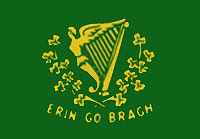




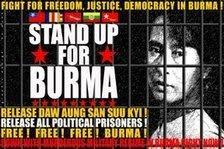
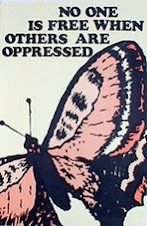






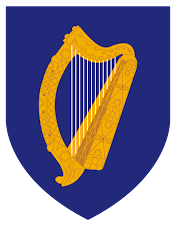






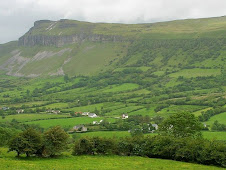
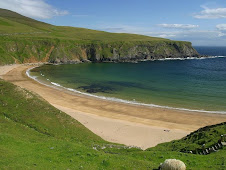













No comments:
Post a Comment